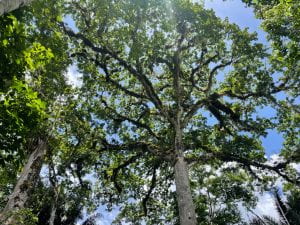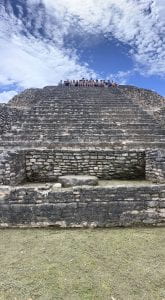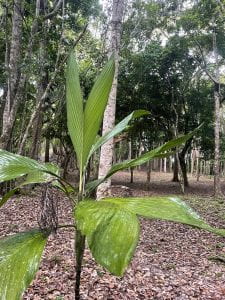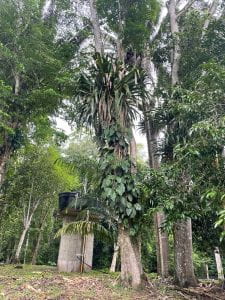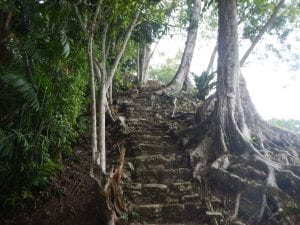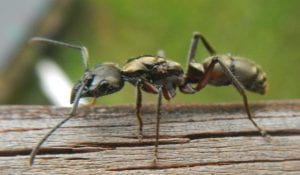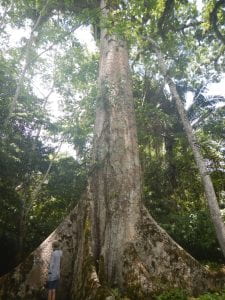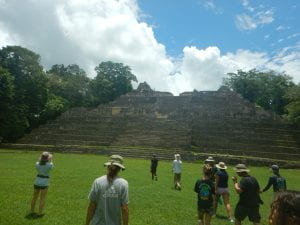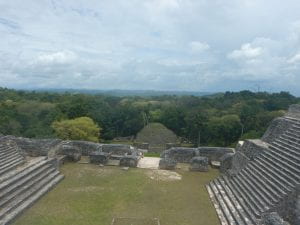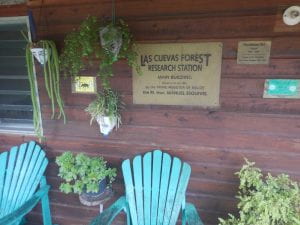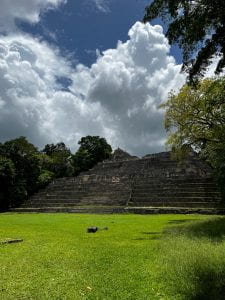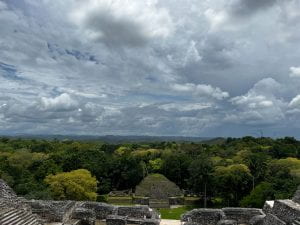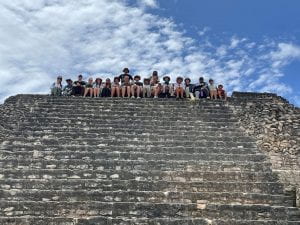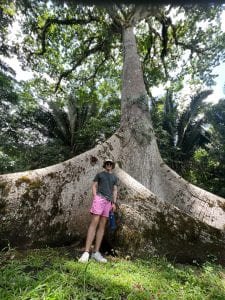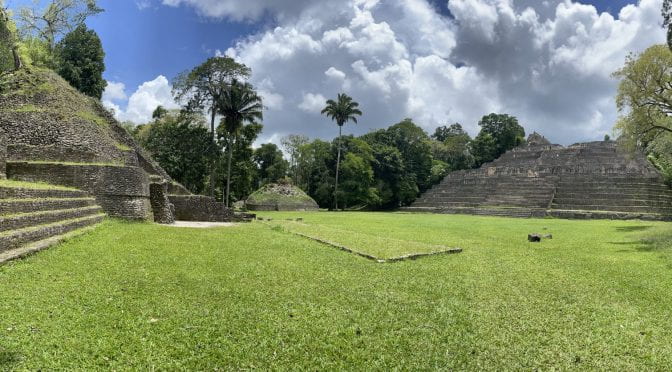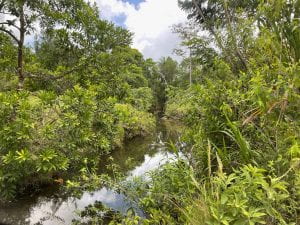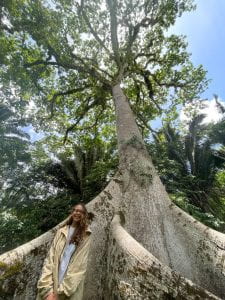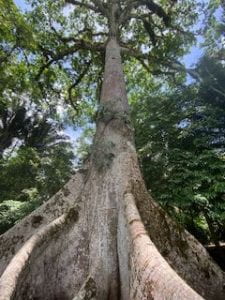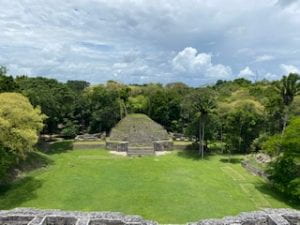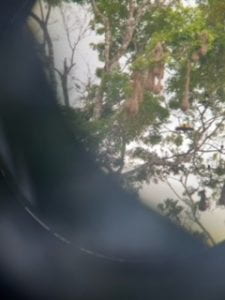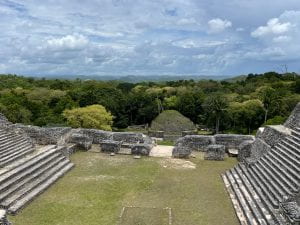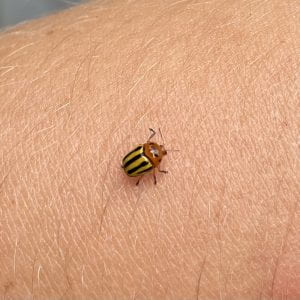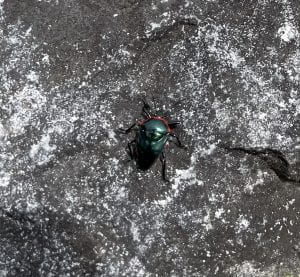Today was primarily about the Maya ruins of Caracol. We left Crystal Paradise Ecolodge after a delicious breakfast and immediately headed for the Chiquibul National Park, one of the oldest in Central America. Along the way, we passed the the Mountain Pine Ridge, where the typical deciduous canopy gave way to pine trees due to the differences in the composition of the soil. The checkpoints are there to reduce the impact of illegal logging. We learned that logging was super restricted in Belize, including thst the country as a rule does not export timber, only finished products, in order to reduce demand. Interesting to see how the nation is trying to protect its historic forests. At one of the checkpoints on the way to Caracol, I saw a cashew tree for the first time. They’re quite odd looking—I never would have expected cashews to grow at the base of a whole fruit. It’s strange to see—I’ve included a picture here because I almost didn’t believe it myself.

The big ticket item of the day was Caracol itself. It’s an ancient Maya city, mostly buried. The parts that are excavated are quite impressive—temple complexes, ball courts, and residences. The main palace is still the tallest structure in Belize! Our guide told us that, because of their animistic beliefs, when the Maya stopped using a building they buried it and built the next one on top, and that’s why Maya buildings are on such tall mounds. We saw many of these mounds and buildings, including a whole astronomy complex which was oriented so that it different buildings tracked the sun as the seasons changed. It was all fascinating history, and a history I haven’t learned much about in the past.


I was focused primarily on the trees we saw, though. On the drive, we got to see a number of Trumpet trees, particularly in the disturbed areas by the roadside. At Caracol, there were also these two magnificent Ceiba trees. They were so close together, which was surprising, considering normally their canopies spread out quite a bit. You could actually see the canopies avoiding eachother. We also saw an avacado tree (although the fruits were not ripe) and an interesting parasitic relationship between a Cohune palm and a strangling fig epiphyte, which would eventually kill it. There were tons of other interesting plants and trees as well, like agave, the tourist tree, bay cedar, and more. In addition to the trees, we got to see grey foxes, howler monkeys, and a toucan!
Around 4 PM, we finally got to Las Cuevas. Our encounters with Maya ruins weren’t over, though: Las Cuevas is also built on an unexcavated Maya ruin, and many of the ‘hills’ around the place are Maya structures. We went on a preliminary hike through the Maya ruins around Las Cuevas and saw another ball court and temple complex built atop the caves. This site was apparently more likely a pilgrimage site than a permanent settlement, we were told. We ended the day with another round of presentations and settled into our rooms at Las Cuevas. I can’t wait for tomorrow—so far we’ve just been doing travel and getting set up, but next we’re going to get to start doing research.
(Final note—we have limited wifi, so although I’m writing these daily, some, like this one, will be posted later. Sorry for the delay!)





